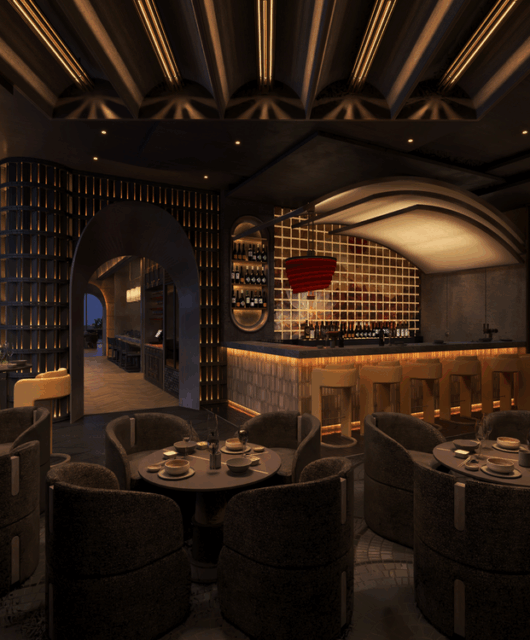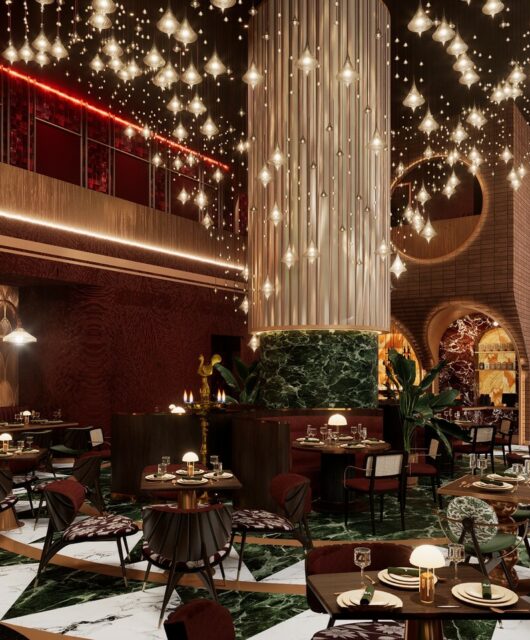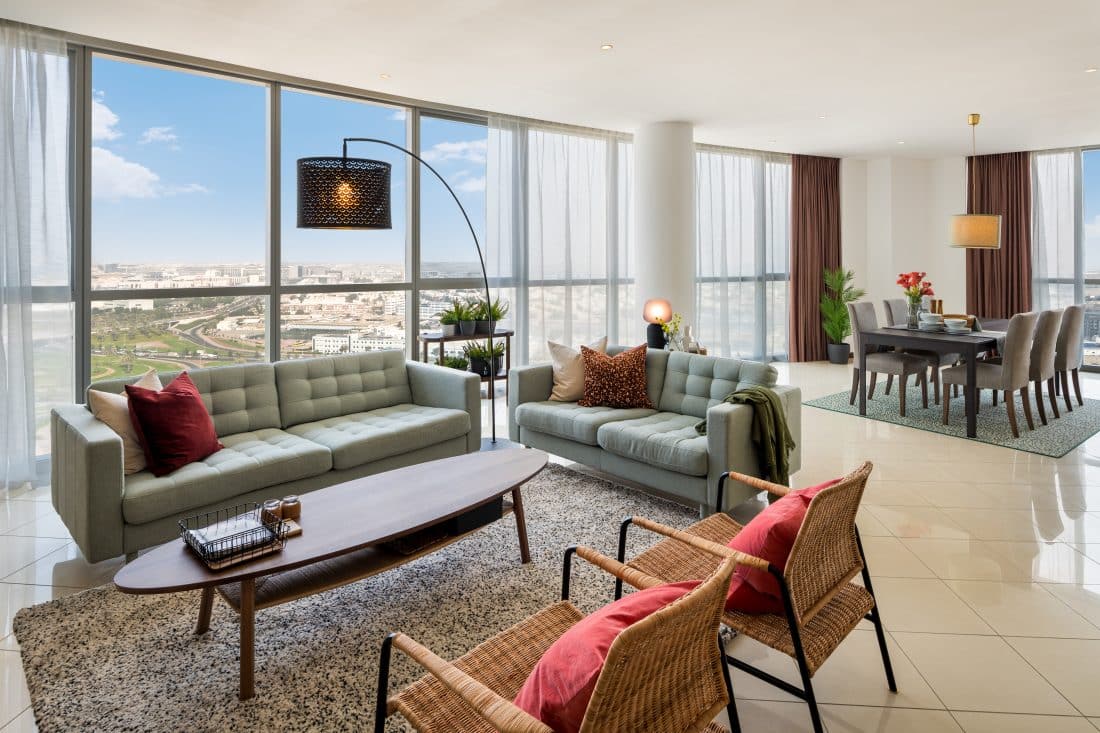 Learn about IKEA for Business, the goal of this amazing initiative, and how IKEA supports its clients from delivery to assembly and installation.
Learn about IKEA for Business, the goal of this amazing initiative, and how IKEA supports its clients from delivery to assembly and installation.
Could you explain what IKEA for Business is all about?
At IKEA, we pride ourselves in being recognised as a reliable brand and organisation for both our retail and corporate customers. We are currently operational in UAE, Qatar, and Egypt, and we are now expanding into Oman.
Our business functions on a twofold model, (1) our consumer-facing B2C or retail front and (2) our B2B model, where we sell IKEA products and services directly to business clients. In the retail model, we furnish and provide design services for personal residential or commercial spaces. With a B2B client, we provide the same services but at a larger scale. For example, with our corporate clients, we support furnishing commercial towers, offices, hotels, accommodations and more.
Over the past few years, we’ve worked with some of the best contractors, construction companies and consultants and serviced them to achieve world-class results. Our in-house design, logistics, and installation teams enable a key-in-hand approach for clients.
IKEA can cater to any client, whether retail or corporate and execute projects of any size. Our team is well-staffed, qualified and experienced to meet the demands of our customers and provide solutions that will achieve the desired result. We have comprehensive market teams and huge logistics networks that enable us to meet and exceed client expectations. In fact, at any given time, we can seamlessly supply over 200 beds to a client, which has given us an advantage in the industry. Overall, our B2B clients choose us because IKEA is recognised as a reliable business partner who can provide expertise in the furnishing industry.
Given, that we operate in a high service oriented-market, we also ensure that our B2B process is seamless for clients, providing everything they need from A-Z. This includes interior design, measuring, delivery, assembly, installation, and kitchen planning services as well as providing wide-ranging after-sales support.
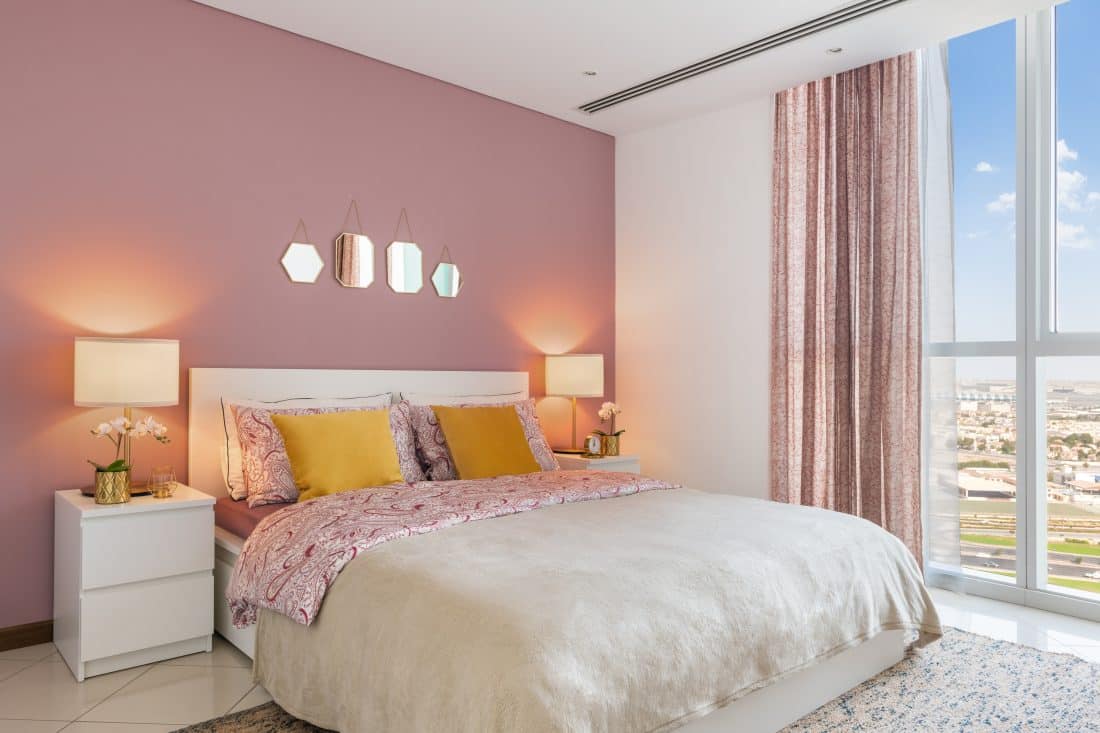
We have extensive product ranges, which allows us to cater to a variety of sectors, including but not limited to retail, hospitality, retail, residential, and office spaces. However, in the region, we do a lot of work to support the company’s residential accommodation furnishing, as well as support businesses and hotels. As you may have seen from our retail stores, our speciality remains residential furniture.https://www.ikea.com/ae/en/cat/all-furniture-fu001/
What services do you provide as part of this initiative, and are they affordable?
We always start every project with a site visit, take measurements and understand the client’s brief and their requirements, these steps give us everything we need to ensure we can provide the best results. Once a brief has been captured from the client, our client-servicing team, led by a head designer, builds a design proposal with options for the client to choose from. This allows the client to visualise their space and opt for the right design style based on the requirements and vision.
IKEA supports its clients through and through, from delivery to assembly and installation. We use the best-in-class tools to help us provide optimum service. Even after the design elements are complete, we cater to our client installation needs, supporting with services such as curtain installation, wall-hangings, and finishing touches – leaving the space crisp and clean, before handover.
One of our unique services is that we assemble the products on-site instead of pre-assembling them. This again helps us to customise our approach with our client and be available for any last-minute changes.
In terms of budget, that depends on the client’s requirement and needs. Whilst, we do have set steps in place to achieve the client’s brief, we personalise the approach for each project with an end goal to leave the client satisfied.
What are the advantages of IKEA’s office furniture, considering how practical and adaptable it is?
The office furniture is moveable, economical, and sustainable with a modern Scandinavian look. In terms of functionality, some of the furniture is can be adjusted to support versatile spaces. For example, in the TROTTEN range, that has just been launched in our region customers can create an affordable and modular office space. The system features flexible desks and ergonomic chairs, as well as storage units, room dividers, monitor stands and whiteboards, to support various types of office layouts.
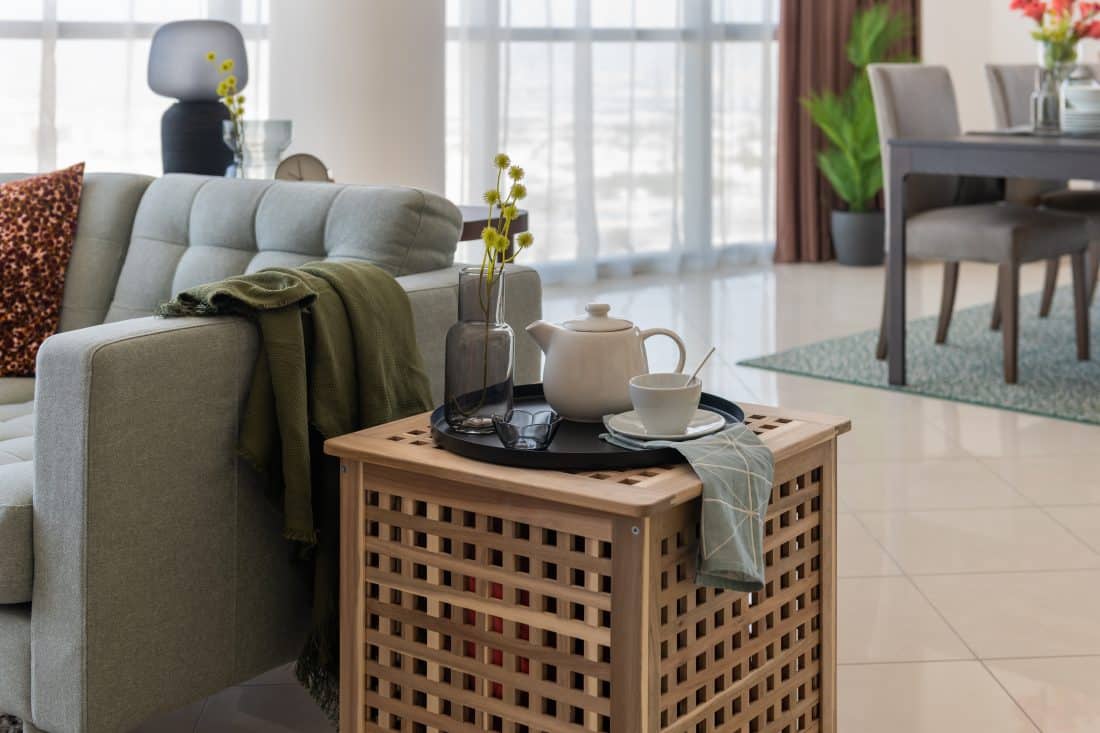
With IKEA for Business, we plan to continue to expand the offering in the region. In particular, we want to go digital to enable more seamless interactions between the customer and IKEA. We are also working to expand our digital footprint to be more accessible to our customers. We believe by incorporating more digitally enabled solutions will help us achieve this goal.
With enhanced digitalisation, customers will be able to interact with and explore our product ranges, with the click of a button. At a global level, IKEA will further strengthen its products and services range for the B2B clientele. Hence, we will be launching many new products and services that will support this business vertical.
What are the most important elements when designing a workspace?
In our experience, we have learnt that with B2B clients, their top priority is functionality and quality of products, followed by the aesthetic outcome. The key is to get a solid brief and understand the client’s end goal, whether it is a short-term rental or long-lease accommodation. We do have pre-set styles that can work for some customers, but we also merge different styles to meet the client’s needs.
Each of our projects is different from the other, hence it would be difficult to identify what reigns king for all clients. The bottom line remains, that we at IKEA are solution-driven and our purpose is to make sure that our client’s needs are met.
Who is the IKEA for Business aimed at?
IKEA for Business is not targeted at a particular audience, we are here to cater to anyone and everyone who has a design and furniture https://www.ikea.com/ae/en/cat/all-furniture-fu001/requirement. We cater to all the customers, we don’t have a specific target audience, if anyone approaches us, we are there to help so whether that’s a small-medium or large business. This holds true for both our retail B2C and our corporate segment B2B.
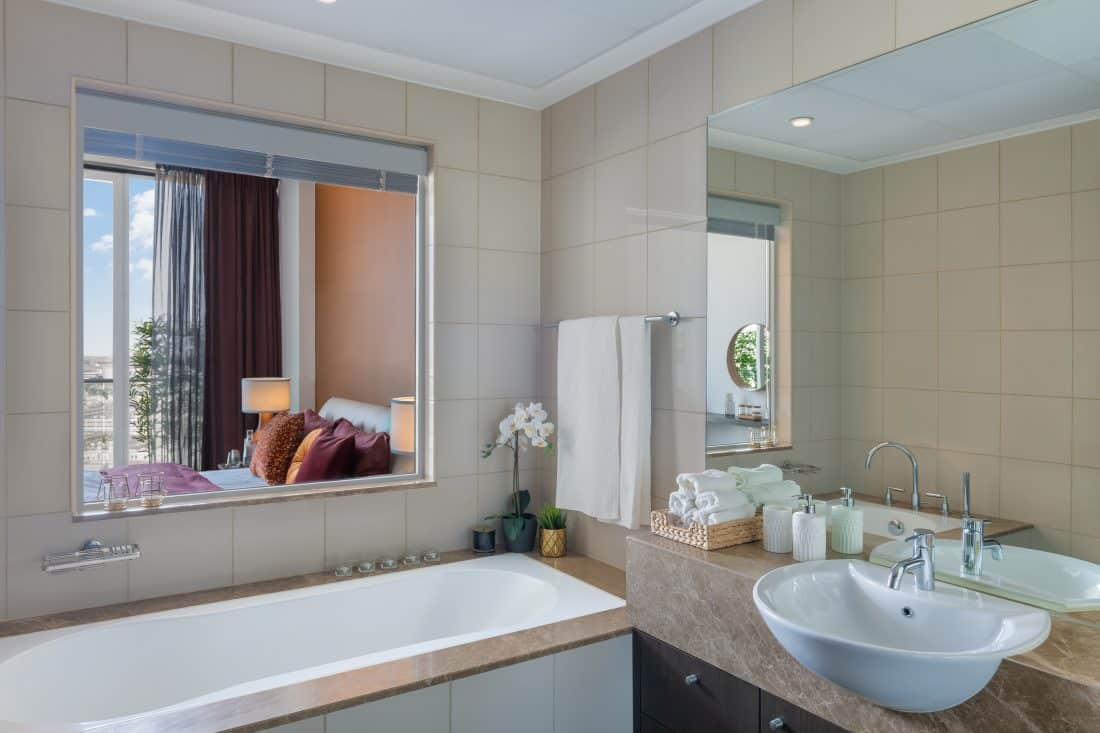
Our B2B customers focus more on affordability, rather than sustainability, however, IKEA’s sustainable product range is easily identifiable with a special tag marking it. As we take on our client briefs, we try our best to incorporate sustainable products that reinforce our brand promise to offer a product that will be functional, look good and most of all, long-lasting.
How important do you think the office environment is in keeping employees happy and content?
The hard truth of our lives in today’s world is that, despite COVID and all the flexibility of remote working, we do spend a great amount of time in our offices physically. Our B2B customers prioritise the functionality of the products and then work on the aesthetics to make a pleasant and motivating working environment for their employees. Comfort, functionality and design element, all come together to make the perfect office space.
Has the pandemic changed the way businesses design offices?
It is needless to say that COVID-19 has changed our lives and even the way we do business. However, the preferences of our retail customers remain the same in terms of product choices and mode of purchase. In fact, at IKEA, we’ve had to be more available for our customers and up our game on the digital platform. When it comes to the B2B customers, the objective is different to a retail customer as they are driven by set budgets, processes, and requirements. They come prepared with what they want and how they want it. Hence, we must work backwards to achieve their brief and provide solutions that meet their needs.

